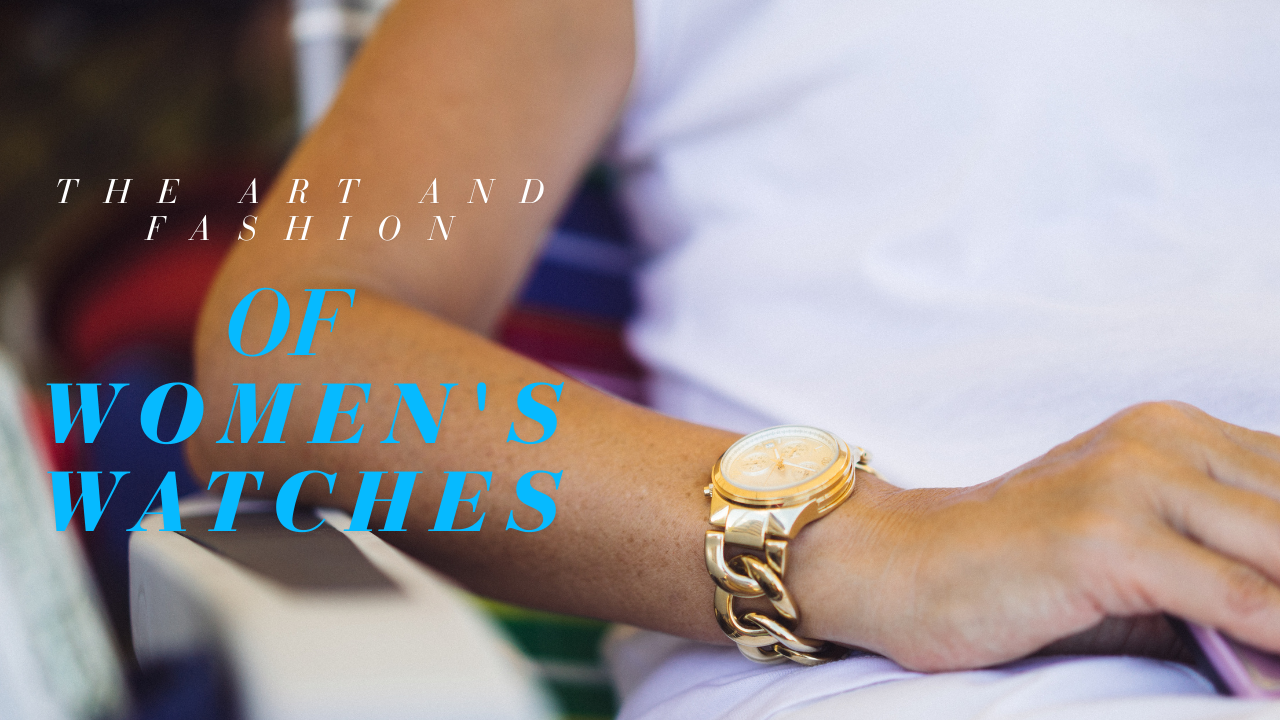The Evolution of Women’s Watches: From Practical Tools to Style Icons
Watches have evolved from simple timekeeping devices to powerful fashion statements, particularly in women’s fashion. Over the years, women’s watches have transformed to reflect personal style, individuality, and societal progress. This blog traces the fascinating journey of women’s watches, highlighting their progression from functional tools to exquisite pieces of artistry that blend technology, fashion, and empowerment.
1. The Beginning: Function Over Form
In the late 19th and early 20th centuries, wristwatches emerged as practical tools. Initially designed for military use, they gained popularity among women as a functional alternative to pocket watches.
Key Features:
- Smaller, delicate designs catered to women but focused on practicality.
- Minimal emphasis on aesthetics, with utility as the primary focus.
2. The 1920s: A Fashion Revolution
As women embraced independence during the Roaring Twenties, watches became symbols of freedom and style. Luxury brands introduced decorative wristwatches adorned with precious stones, blending function with artistry.
Highlights of the Era:
- Embellished designs with diamonds and intricate patterns.
- Timepieces reflected the bold, liberated spirit of the flapper generation.
3. Mid-20th Century: A Balance of Style and Utility
The post-war era saw watches becoming versatile accessories. The 1950s and 60s introduced sporty yet elegant designs, reflecting women’s active lifestyles.
Notable Trends:
- Sleek leather straps and minimalist dials.
- Affordable yet stylish watches from brands like Timex and Seiko.
4. The Quartz Revolution of the 1970s
The advent of quartz technology revolutionized the watch industry with its precision and affordability. Women’s watches embraced colorful, playful designs that aligned with emerging fashion trends.
Game-Changing Innovations:
- Lightweight, affordable watches with unparalleled accuracy.
- Fashion watches like Swatch brought vibrant, youthful designs into the mainstream.
5. Luxury Resurgence in the 1990s
The late 20th century witnessed a return to luxury and craftsmanship. Mechanical watches with intricate movements and premium materials became status symbols.
Luxury Trends:
- Brands like Rolex and Chanel introduced iconic women’s collections.
- Timepieces featured diamonds, gold, and artisanal techniques.
6. The Rise of Smartwatches
Modern times have ushered in an era of wearable technology. Smartwatches now combine functionality with contemporary aesthetics, redefining what it means to wear a timepiece.
Modern Features:
- Fitness tracking, customizable faces, and app integration.
- Brands like Apple and Garmin merge technology with sleek designs.
7. Future Trends: Sustainability and Innovation
The future of women’s watches lies in sustainability and personalization. Brands are exploring eco-friendly materials and ethical practices while continuing to innovate with advanced technology.
Emerging Themes:
- Sustainable designs using recycled materials.
- Enhanced personalization options for self-expression.

